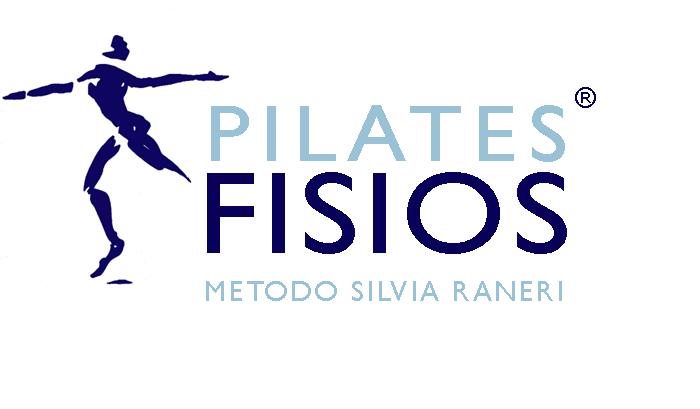Abstract
Queiroz BC, Cagliari MF, Amorim CF, Sacco IC. Muscle activation during four Pilates core stability exercises in
quadruped position.
To compare the activity of stabilizing trunk and hip muscles in 4 variations of Pilates stabilizing exercises in
the quadruped position.
Repeated-measures descriptive study.
A biomechanics laboratory at a university school of medicine.
Healthy subjects (N=19; mean age +/- SD, 31+/-5y; mean weight +/- SD, 60+/-11kg; mean height +/-
SD, 166+/-9cm) experienced in Pilates routines.
Surface electromyographic signals of iliocostalis, multifidus, gluteus maximus, rectus abdominis, and
external and internal oblique muscles were recorded in 4 knee stretch exercises: retroverted pelvis with flexed trunk;
anteverted pelvis with extended trunk; neutral pelvis with inclined trunk; and neutral pelvis with trunk parallel to the ground.
Root mean square values of each muscle and exercise in both phases of hip extension
and flexion, normalized by the maximal voluntary isometric contraction.
The retroverted pelvis with flexed trunk position led to significantly increased external oblique and gluteus
maximus muscle activation. The anteverted pelvis with trunk extension significantly increased multifidus muscle activity.
The neutral pelvis position led to significantly lower activity of all muscles. Rectus abdominis muscle activation to maintain
body posture was similar in all exercises and was not influenced by position of the pelvis and trunk.
Variations in the pelvic and trunk positions in the knee stretch exercises change the activation pattern of
the multifidus, gluteus maximus, rectus abdominis, and oblique muscles. The lower level of activation of the rectus
abdominis muscle suggests that pelvic stability is maintained in the 4 exercise positions.

